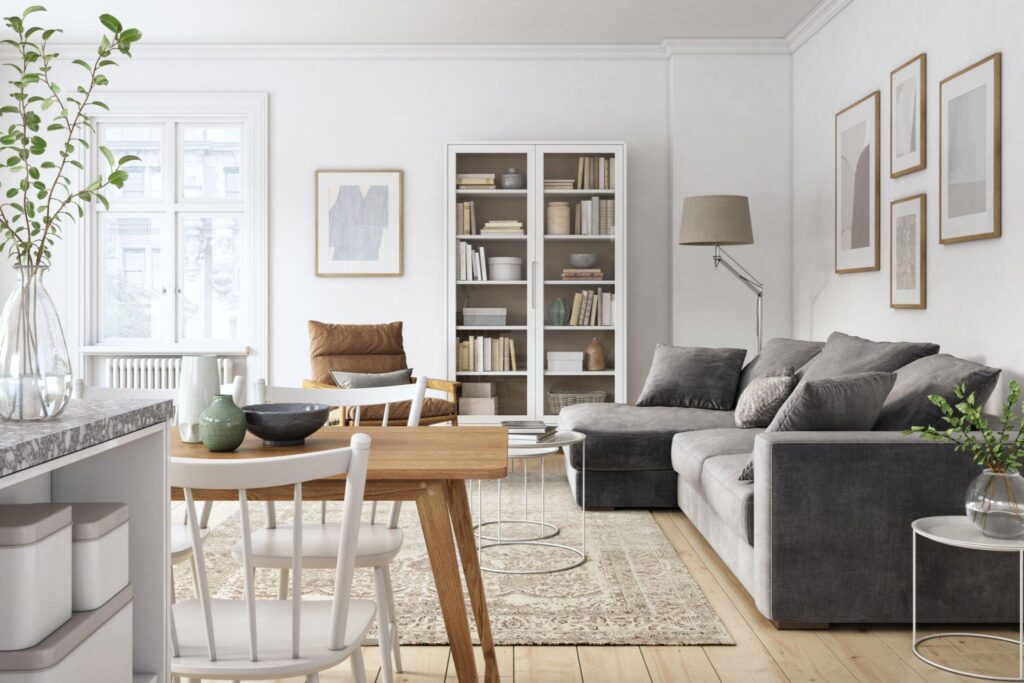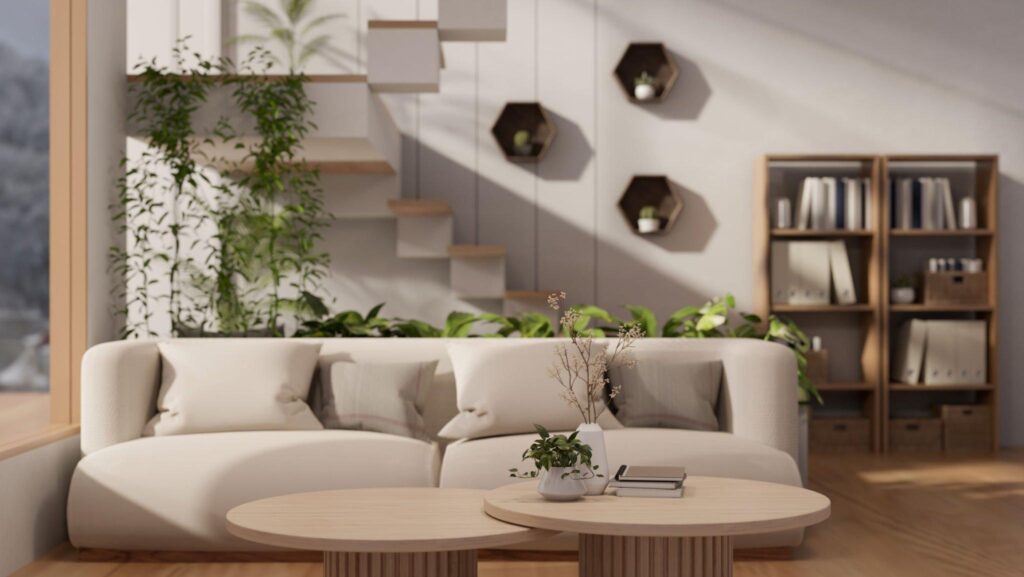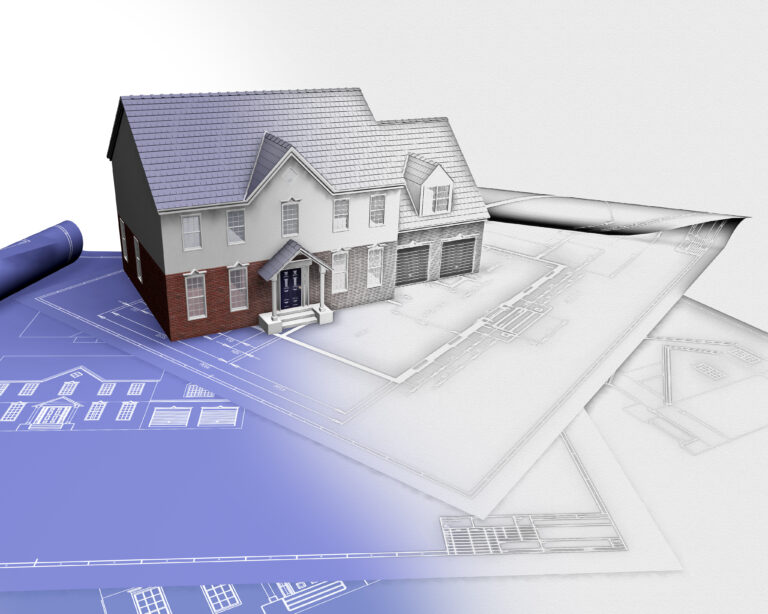Introduction
It takes years of learning and practice to grasp the art of creating high-quality architectural visualizations. Designing admirable 3D renders to convince customers to purchase your design ideas is a challenging idea, and many have tried, but only a few have managed to navigate effectively creating realistic renderings.
Several factors should be considered to achieve photorealistic results, including authenticity, incorporating the required features into your renders, and avoiding common mistakes that may lead to design flaws. This blog will discuss tips to help us create highly realistic 3D renders and the skills needed to help you transform your customers’ design ideas into reality.
Avoiding Common Mistakes - Tips For Upping Your Rendering Game

In creating photorealistic 3D renderings, 3D artists might make some mistakes consciously or unconsciously. In case of any design flaws, architects or designers must notice them earlier and rectify them to achieve the desired lifelike images. Avoiding these mistakes guarantees you high-quality 3D renders that give your customers satisfaction.
- Poor Lighting: Designers should understand lighting well to achieve photorealism, especially in interior tuning. Failure to master the art of proper lighting might have a negative impact on your 3D renderings. It would help if you had a good grasp of various lighting techniques that fit a scene. Paying attention to detail color, intensity, direction, and the interaction of light with various objects is vital to mastering the art of lighting 3D renders.
- Incorrect Scales: Inaccuracy is another design mistake that prevents architects from achieving photorealism in your 3D renderings. An inaccurate rendering looks unrealistic, affecting the overall design concepts. Therefore, architects should ensure the objects are well-positioned and have correct measurements and dimensions. This helps you achieve authenticity and overall quality of the visualization.
- Poor textures and materials – textures and materials are crucial aspects to consider when creating your 3D renders. Ensure proper choice of materials that will guarantee you high quality. When choosing textures, consider properties like color accuracy, roughness, and reflectivity for a photorealistic final result of the renderings.

- Neglecting The Details: Failure to pay close attention to every detail the customer provides will lead to poor quality 3D renderings. Modeling, lighting, texturing, and composition are crucial features that should be addressed to create high-quality 3D renderings.
- Overdoing it With Post Production: Post-production is a vital component of the rendering process to help you enhance the visual appeal of a 3D rendering to a significant degree. Overdoing post-production makes your renderings look duplicated and fake, which may turn customers away. Therefore, refrain from overdoing filters, overusing filters, and lens flares.
- Lack of References and Real-World Comparisons: The great 3D artists are creative and have good imaginative power. When planning to design an architectural visualization, always design criteria that will lead you to achieve your design goals. This starts with creating 3D models by referencing other previously done or ongoing projects. Balancing imagination and real-world references is a sure way to create high-quality 3D renders visually compelling to customers and investors.
Practical Tips For Enhancing Your 3D Renderings
Mastering the right 3D rendering skills will help you design high-quality and photorealistic renders, keeping you ahead of your competitors in the 3D visualization industry. This guide provides helpful tips to enhance your skills and productivity, saving time and work strain. The tips are valuable to beginners, intermediates, and experts who wish to dive into the world of 3D rendering or wish to grow their skills and expertise.
1. Mastering Realistic Illumination
Lighting is crucial if you want to create realistic exterior and interior renders. Please do this correctly to maintain the rendering image’s quality. Put much emphasis on intensities, color temperatures, shapes, and positions to achieve proper lighting techniques. Shadows are also crucial to help you achieve high levels of photorealism and add a contrasting effect to your image. The tools to help you achieve your lighting goals include light mix and interactive rendering. These tools allow experimentation to help you understand and gauge whether your choice of lighting rhymes with the wall color, furniture, and interior.
2. Smooth and Refined 3D Renders

Rounding your edges helps you create high-quality renderings. Round edges enhance the interaction between light and reflections on an object, cumulating in natural and smoother highlights. The best 3D rendering software to help you create designs with rounded edges is 3Ds Max. Turbosmooth is another helpful tool to help you create smooth and polished 3D renders. Even though this technique is time-consuming, it helps in creating photorealistic renders.
3. Use Surface Imperfections:
Adding Realism to Your 3D Renderings. It is recommended that 3D artists create 3D renders that demonstrate realism to anyone who sees them. You will achieve this by ensuring your renders have imperfections like dust or other forms of dirt. Experts architectural artists understand that a real render cannot be 100% clean and perfect.
Consider adding elements like bolts and screws on your surface, avoiding uniform imperfections, and incorporating grim and scratches to achieve imperfections. Doing this helps you achieve more lifelike and visually appealing renders that guarantee you a high ROI.
4. Capture Realism with Camera Angles
Take high-quality and photorealistic images of your renders that showcase essential features from all angles. Providing clients with an optimal viewing angle of your visualization images positively impacts the end product. To make your renders outstanding, always test every feature from angles, focal lengths, and lighting effects.
5. Creating Atmosphere in 3D Renders

A 3D render with an atmosphere looks more appealing and real compared to one without. Always ascertain that the environment compliments the context of the render. It would help to have the right software rendering tools to achieve this. An instance is CoronaVolumeMtl, which adds atmospheric fog.
Atmosphere to the environment is also crucial to anyone who wants to elevate the ambiance of their space. Pay close attention to post-processing techniques, color, environmental elements, and texture, to name a few. With the right texture, material, and composition selection, you will surely achieve quality renders to showcase to your customers.
Attention to detail: Paying close attention to every detail
Paying close attention to every aspect and feature incorporated in the project helps achieve high-quality 3D rendering images. Do not take any design elements, whether small or big, for granted. Your final renderings should correlate to real-world projects with surface imperfections and some form of dust and construction materials common in any construction site. Also, consider adding distinct flowers and blades of grass to your renders to achieve realism. In interior design renderings, pay close attention to wiring, plugs, and light switches available in a real-life building, which is crucial for the image’s authenticity.
Conclusion
Providing quality, authentic, and practical 3D renderings requires mastery of the right 3D rendering skills and expertise from a top visualization company. Be attentive to all aspects of 3D rendering service, and pick the right lighting techniques, textures, and lighting to be successful in 3D rendering. With daily practice, mastering the right skills, choosing the right architectural visualization company for your project, and gaining experience, you can achieve your goals in 3D rendering, transforming ideas into reality.
Frequently Asked Questions
1. How can I enhance my rendering?
To improve your rendering skills, you can enroll in paid courses and use free online resources to improve your understanding of 3D rendering.
2. How do I make 3D rendering realistic?
You will achieve this by selecting the suitable materials, mapping textures, and getting the lighting setup right, to name a few.
3. What is the benefit of 3D rendering?
It is used for design exploration and effectively communicating complex ideas to customers and investors through renderings. CGI renders streamline design iteration, showcase material options, aid in project approvals, and offer cost-effective virtual representation for architects.
4. What is the cost of photorealistic architectural renderings?
The cost varies depending on the project scope, desired customization, and complexity.
5. What makes a render photorealistic?
Precise modeling techniques, attention to detail, materials, accurate textures, and realistic lighting, among many others.
Alex Smith is a content writer at RealRender3D, writing informative articles on 3D rendering, interior design, architecture, and related topics.
With over 15 years of experience at top UK architecture and interior design firms, Alex leverages his expertise to write engaging content educating readers on AEC industry trends and best practices.
Connect with Alex at alex@realrender3d.co.uk.










